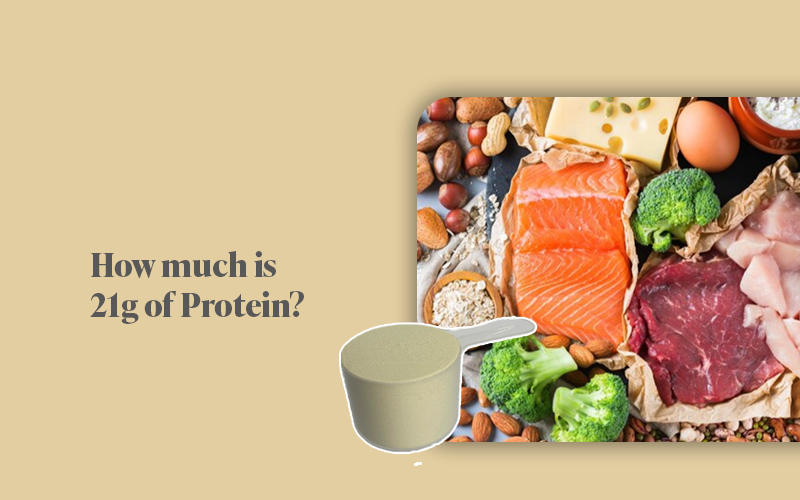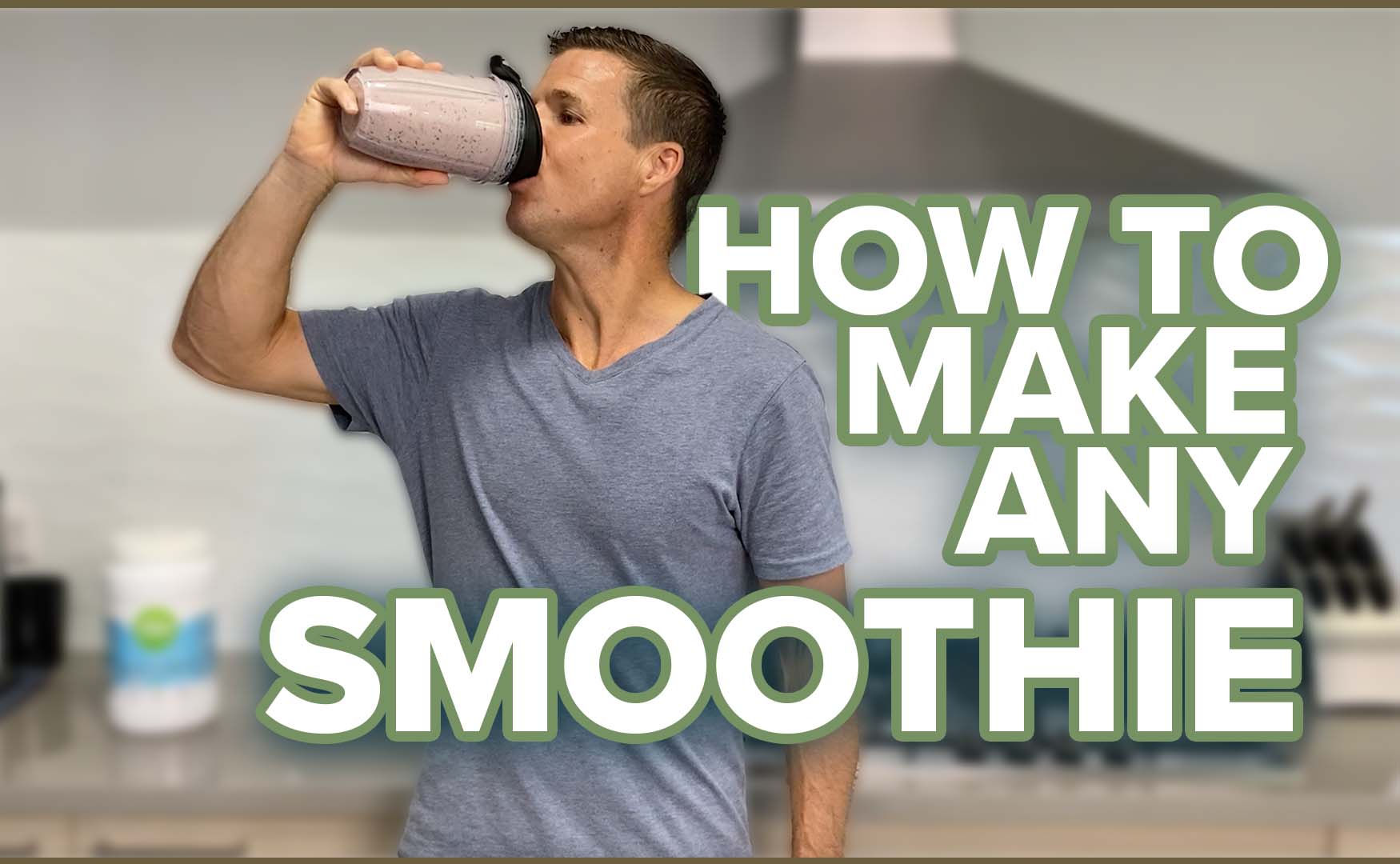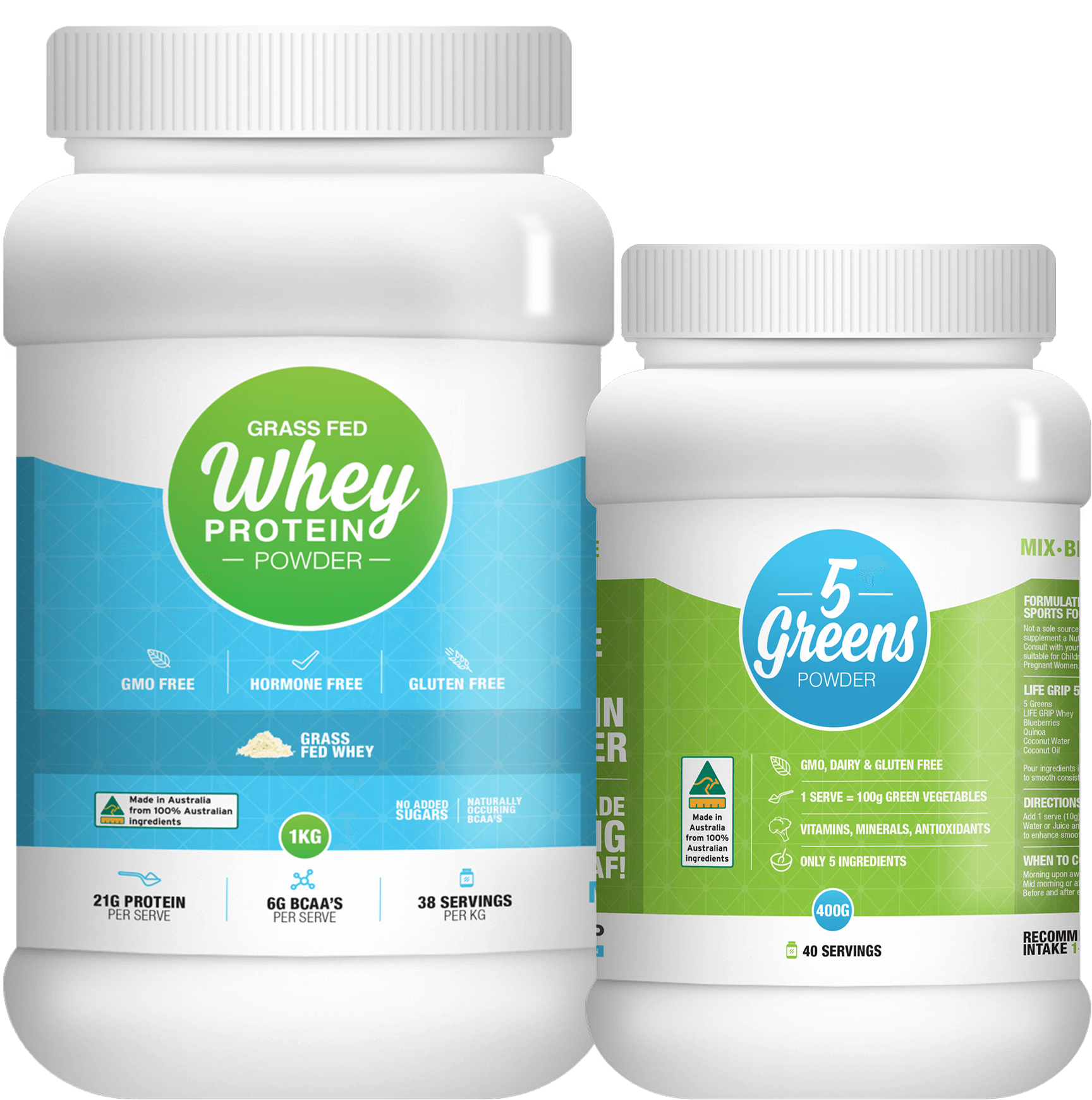mobility
pliability
protein intake
protein powder
stretching
whey protein

Pliability, Flexibility and Protein
Flexibility without strength is instability. Strength without flexibility is rigidity. Muscles that are strengthened must be lengthened and muscles that are lengthened must be strengthened. This happens with correct training methods and optimal recovery.
This is important to understand as without strength through the full range of motion of a joint and muscle/s, one is not only at risk of injury but is unable to move their body at its potential through space.
Life’s better with strength, flexibility and pliability. Or really, just pliability as this covers it all…
What is Pliability? The ability of a muscle or tissue to change shape and adapt to different movements.
What is Flexibility? The range of motion of a joint and/or muscle.
A strong and flexible body needs to be of critical focus and as an end goal so as to align one's strength, conditioning and general fitness correctly.
A person who is strong through a great range of motion is one who can make the most of their daily life and more is open to the person. One can do more, and experience more of life, be it running, swimming, hiking, stand-up paddle boarding or a range of sports.
Pliability vs Flexibility
Pliability and flexibility are two closely related concepts in the field of fitness and physical therapy, but they are not quite the same thing.
Flexibility refers to the range of motion of a joint or muscle. Pliability, on the other hand, refers to the ability of a muscle or tissue to change shape and adapt to different movements.
Flexibility measures how far a joint can move in a certain direction and can be improved through regular stretching, yoga, or other activities that involve a steady and controlled increase in the range of motion of a joint and muscle.
Pliability means that a muscle that is pliable will be able to stretch and contract easily, without feeling stiff or tight. Pliability can be improved through exercises that involve dynamic stretching and movement, such as foam rolling, dynamic stretching and exercises that target the muscle's endurance.
Why do both need to be interdependent?
Flexibility helps to prevent injuries by ensuring that joints can move through their full range of motion, while pliability helps to reduce the risk of injury by allowing muscles to adapt to different movements and positions.
Why is pliability so important?
Both flexibility and pliability are important for overall physical health, performance and quality of life. Flexibility allows joints to move through their full range of motion (preventing injury), while pliability allows muscles to adapt to different movements and positions (also preventing injury). A good balance between both pliability and flexibility is and should be a critical goal of any training program and is essential for both performance and optimal function.
In summary, flexibility is the range of motion in a joint or muscle, and pliability is the ability of a muscle or tissue to change shape and adapt to different movements. Both are important for overall physical health and performance.
How can you train for Pliability?
Pliability covers a range of areas you more than likely already know about. However, it is common for people to just train one way or discipline, and forget about the whole body. Essentially, one can think of the effects, tightening or loosening of the body from their current training methods and habits.

Yoga is absolutely brilliant for the whole body and mind.
Yoga is a great way to improve pliability and flexibility. The poses in yoga are designed to stretch and strengthen the muscles, and also help to improve balance and coordination. Yoga also teaches breathing techniques that can help to reduce muscle tension and improve overall flexibility.

Dynamic stretching is essential.
It doesn’t get enough headlines as it looks and usually is boring.
Dynamic stretching involves moving through a range of motion while actively engaging the muscle. This type of stretching helps to warm up the muscle and prepare it for movement. Examples of dynamic stretching exercises include leg swings, arm circles, and lunges.

Foam rolling. Yep, another boring one but critical.
Foam rolling is a form of self-massage that helps to release muscle tension and improve flexibility. By using a foam roller to apply pressure to specific muscle groups, you can help to break up knots and adhesions that can cause stiffness and pain.

Resistance band exercises are excellent for joint stability and recruiting smaller stabilising muscles, especially around the joints.
Resistance band exercises are a great way to improve pliability in the muscles. They allow you to target specific muscle groups and work through a full range of motion, which can help to improve flexibility and reduce the risk of injury.

Bodyweight exercises are great and free.
Bodyweight exercises such as squats, lunges, and push-ups are a great way to improve pliability. These exercises engage multiple muscle groups and require the body to move through a full range of motion, which can help to improve flexibility and reduce the risk of injury.

Cardio exercise is something people either love or hate, but critical
Cardio exercises such as running, cycling, or swimming can help to improve pliability. These exercises engage multiple muscle groups and require the body to move through a full range of motion, which can help to improve flexibility and reduce the risk of injury. Additionally, low heart rate training such as Zone 2 or MAF Method can be very beneficial to build a strong aerobic base.
It is important to note that pliability training should be done regularly, at least 2-3 times a week for best results. It is also important to start slowly and gradually increase the intensity and duration of your training over time.
What does optimal recovery look like?
Breathe down and protein intake.
Include a breathe down after any workout, which calms the nervous system to begin recovery, reduce muscle soreness and improve recovery time. Static stretching is a good way to cool down, which involves holding a stretch for a period of time.
Ensure adequate protein intake for the day. If your workout was in the morning, make sure your have enough protein for the day. If your workout is planned for the afternoon/evening, ensure you consume adequate protein for the day.
A nutrient-dense protein powder is a great option to help you meet your daily protein requirements and embed optimal recovery.
It's also good to mix it up, try different types of exercises, and listen to your body. Some days you might feel more like doing yoga and other days you might prefer to do cardio. This will help to keep your training interesting and enjoyable and make it more likely that you will stick with it.
In conclusion, pliability training is an important aspect of maintaining overall physical health and performance. It can help to reduce the risk of injury and improve flexibility and athletic performance. There are several ways to train for pliability, including dynamic stretching, foam rolling, resistance band exercises, yoga, bodyweight exercises, and cardio exercises. It is important to start slowly, gradually increase the intensity and duration of your training, and listen to your body. Regularly incorporating pliability training into your exercise routine can help you to achieve optimal physical health and performance.
At Life Grip, we're walking the same path with you, living cleaner, healthier lifestyles.
Eat, Think & Live Clean
about us
Our focus goes into the products we pro- duce in order to increase your quality of life. While other companies are focused on glamour, fashion and fitness models, we’ll still be here creating the cleanest supplements on the market.
A brand built on quality, virtue, convenience and a minimalistic focus to retain mother na- tures perfect formula, for us all to reap the benefits. At Life Grip we Eat, Think & Live Clean.
get updated
stay updated & subscribe to our newsletter
recent posts
like us on facebook









